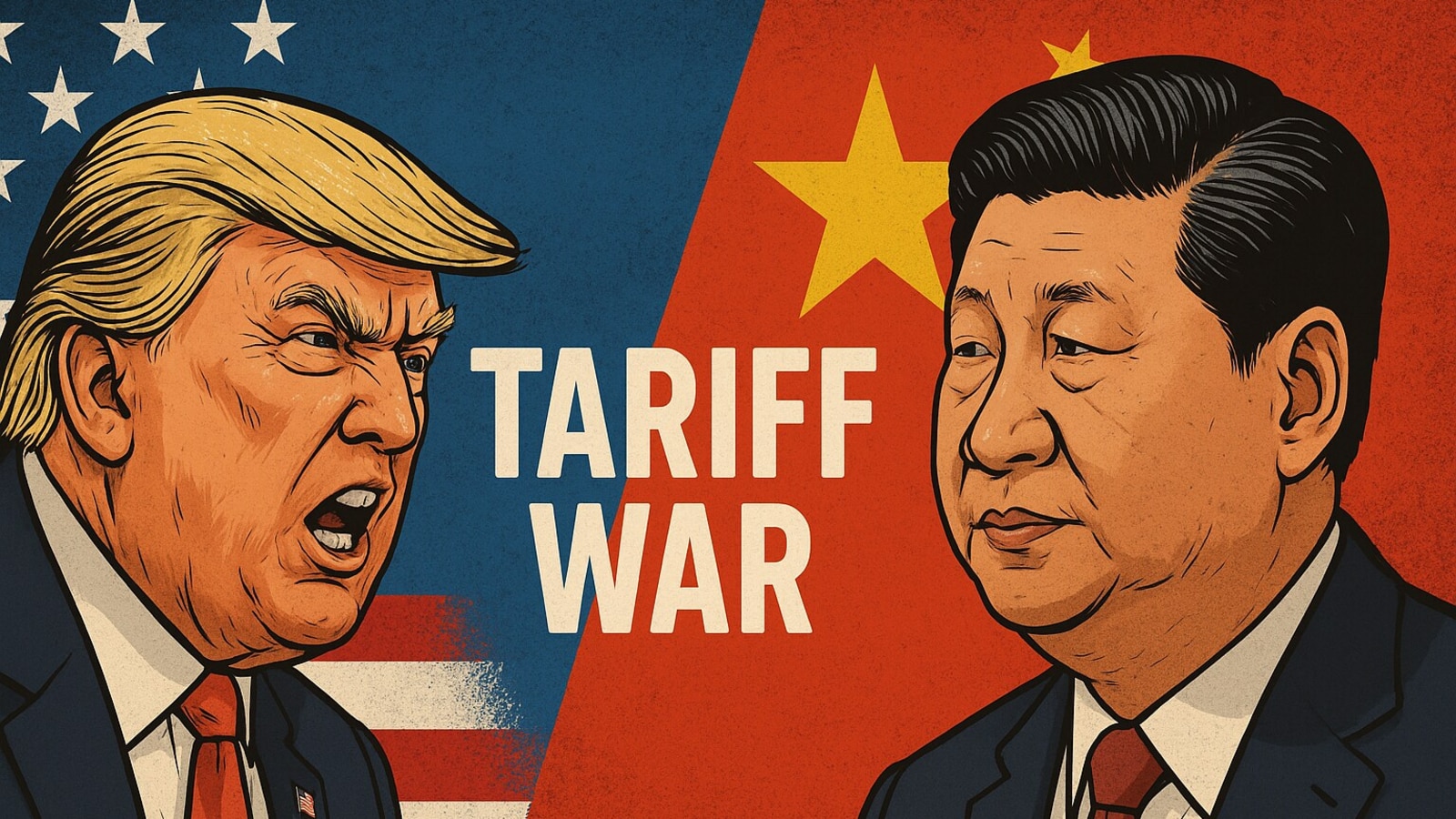The ongoing trade tensions between the United States and China have escalated, with the U.S. imposing tariffs that have reached an astonishing 245% on various Chinese imports. As discussions stall, White House Press Secretary Karoline Leavitt emphasized that the onus is now on China to negotiate. “The ball is in China’s court. They need to make a deal with us,” Leavitt asserted, underscoring the U.S.’s position of strength in these negotiations.
U.S. Trade Policies and Tariff Implications
The U.S. has taken a firm stance against China, maintaining that the Asian giant aims to tap into the lucrative American consumer market. “China wants what we have—our money,” the statement highlighted, as tensions between the two economic superpowers continue to rise.
- Tariffs now stand at an unprecedented high.
- The White House notes that the U.S. is not obligated to strike a deal and is willing to wait for China’s response.
China’s Reaction: Calls for Respectful Negotiation
In response to the newly imposed tariffs, Lin Jian, spokesperson for the Chinese Foreign Ministry, criticized the U.S. approach. He stated, “If the U.S. truly desires resolution, it must cease its threats and blackmail tactics.” Lin stressed that any dialogue should be rooted in equality and mutual benefit, reflecting China’s demand for a more balanced negotiation framework.
Beijing’s Trade Strategy: New Appointments and Global Outreach
In a strategic move, China has appointed Li Chenggang as its new international trade negotiation representative. Li takes over from Wang Shouwen, who had been instrumental during earlier negotiations with the U.S. This change comes at a crucial time as China seeks to strengthen its global economic partnerships. President Xi Jinping is currently on a diplomatic tour in Southeast Asia, aiming to position China as a stable alternative to the U.S. for international trade.
- China has also halted further deliveries of Boeing jets, signaling its firm stance in this ongoing trade dispute.
Historical Context: Trump’s Tariff Strategy
Former President Donald Trump initiated a series of reciprocal tariffs against numerous countries with which the U.S. had trade deficits. Although he temporarily paused these tariffs for 90 days to foster negotiations, China’s retaliatory measures have kept the discussion focused solely on them. Currently, a baseline tariff of 10% remains on U.S. imports, adding to the complexities of future trade agreements.
China’s Economic Resilience
Despite the trade war, China reported a surprising 5.4% growth in its GDP for the first quarter of 2025, surpassing economists’ expectations of 5.1%. This robust growth illustrates China’s ability to adapt and thrive even amid escalating tensions with the U.S. The National Bureau of Statistics has attributed this success to strong export-driven growth, particularly noted at the end of 2024.
As these two nations move forward, the global economic landscape remains uncertain, with each side holding firm to its negotiating positions. Only time will tell how this complex situation will unfold and what it means for international trade relations.











